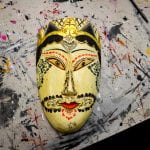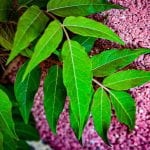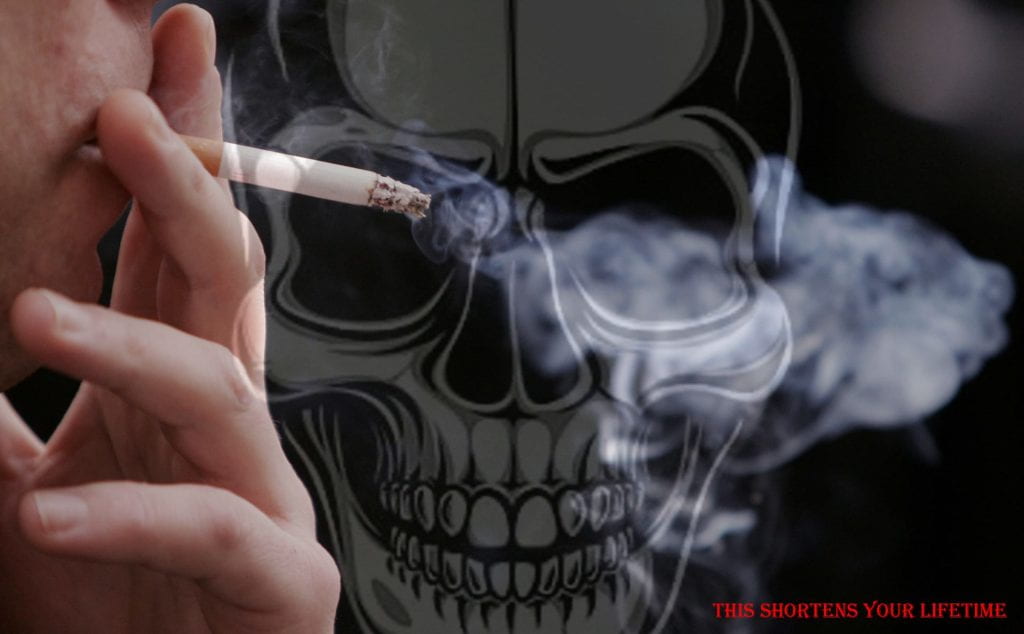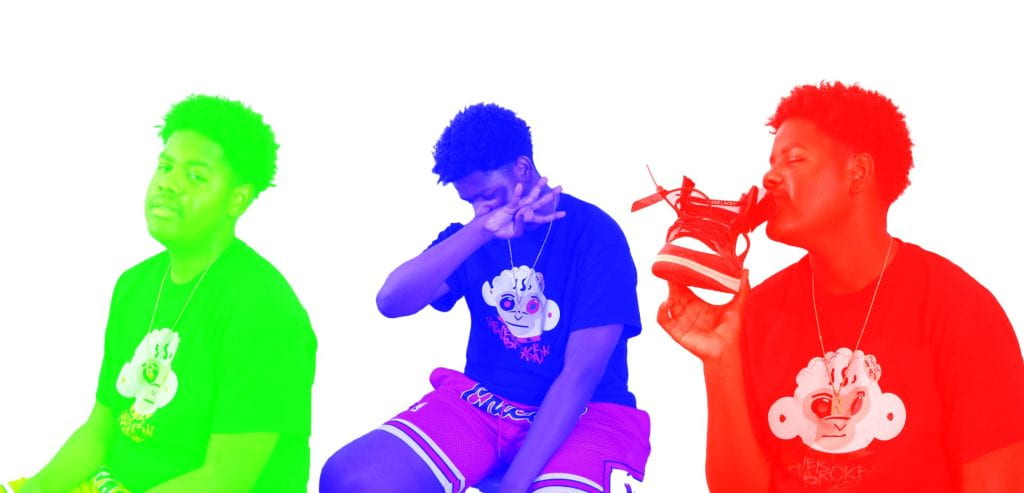Image Transfer
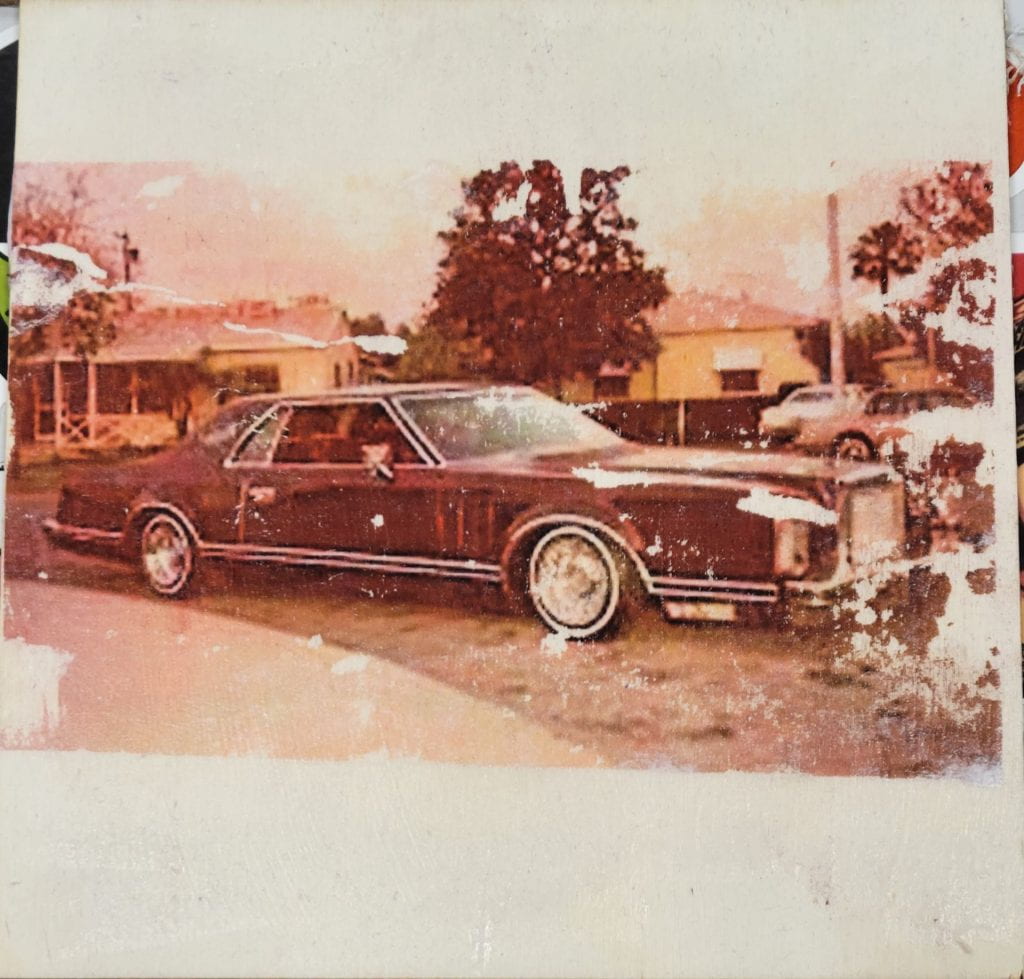
Me and Myself

Future Reflection

Black and White



Kinoptic art

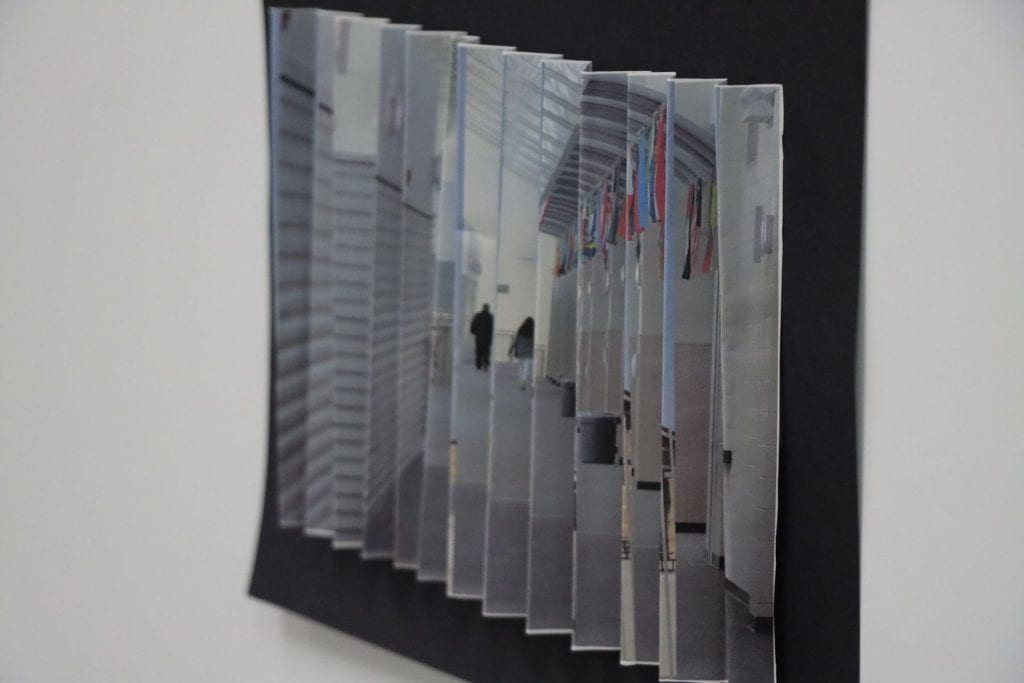

Food

What’s in your head

Self Portrait

Touching series



Favorite Photographer


Estevan Oriol is a photographer from LA his work is best known for 35 mm black and white work documenting Chicano and cholo culture. But also on celebrities within film and hip hop, his work has been featured in magazines, album covers and in exhibitions. He has shot portraits of famous athletes, artists, celebrities, urban, gangs, and tattoo culture lifestyles. He has done shooting campaigns for companies like Cadillac, Nike and Rockford Fosgate. These two photos I have chosen are my favorite because I like the lowriders and it’s very interesting the gang culture.
Elements of art
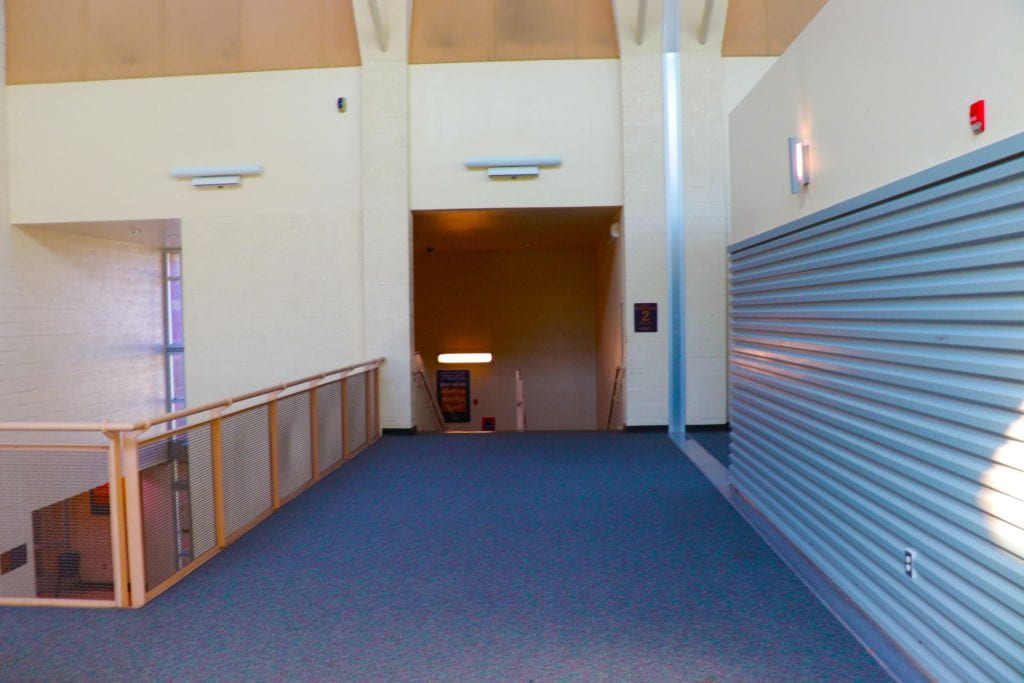


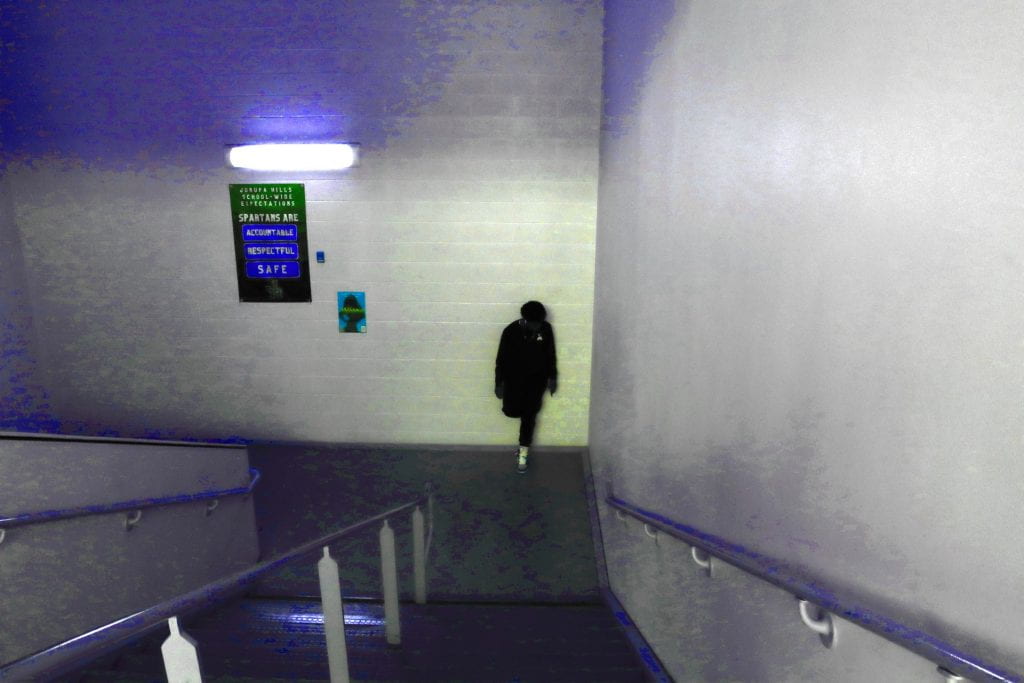



Fashion



Graduation Cover Design

In 10 years

David Hockney

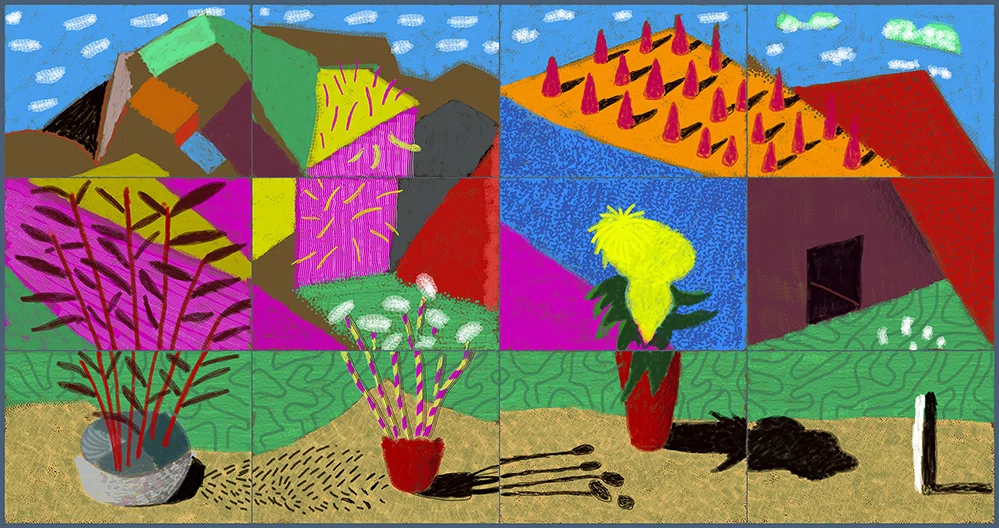
I like David’s Hockney work because the different shapes and how there in random places. Another thing that I like about his work is that there colorful. I also like how it looks a bit 3d with the shapes being out of there place.
Valentine’s card

Portrait




Motion Blur


- Using a slow shutter speed.
- User shutter priority mode.
- Stabilize your camera.
- Mover yourself and your camera.
- Use Photoshop’s motion blur filter.
Body, shape, form

I think my work is somewhat successful. The qualities of my work that makes it successful is the lighting and the color of the image. I feel proud of my work.
Keith Haring

Mixed Media
Book Face
Lighting
Screen-printing
1. Indeed Job Search
Qualifications
Manual transmission: 1 year
Customer service: 1 year
Drivers License
Qualification
Drivers License
Sandy Skoglund
Attack of the pencils
Sandy Skoglund’s work is very interesting because they catch your attention on what the image is and has very interesting names for every single image. This image catched my attention because I like the colors and it looks cool.
Scavenger Hunt
NATURE/ LANDSCAPE PHOTO WITH PAINTING EXTENSION
Multiple Exposure
Wassily Kandinsky
DSLR camera and lens
- DSLR: Mirror system inside lets you preview through the viewfinder the same image that is being captured on film/sensor.
- Lenses: one major way that DSLRs are different from consumer “point and shoot” cameras.
- Kit lens: A basic lens that comes with a camera body in a “kit,” usually not too expensive.
- Lens focal length: These focal lengths listed are just rough ranges, and actual uses may vary; for example, many people use telephoto lenses when shooting distant landscapes to compress perspective.
- Exposure: Window, garden hose, tanning.
- ISO: International Organization for Standards – number that describes film’s sensitivity to light.
- Selecting ISO: More available light = lower ISO less available light = higher ISO.
- Shutter Speed: how long the shutter is open on the Canon T6i ranges from 30 (seconds) to 1/4000 of a second.
- 1/60 of a second.
- Aperture: focal length divided by lens diameter.
- smaller number actually represents a larger opening.
- more expensive but worth it even if you don’t need the largest aperture because lenses perform better at 2 stops smaller than their max. aperture.
- Depth of Field: larger aperture, shallower depth of field.
- longer lenses APPEAR to have a shallower depth of field because they are magnifying the subject, which flattens the perspective and makes our eyes think the DOF is shallower.
- Reading a lens: Mount, prime or zoom, series, focal lengths, maximum aperture.
- White balance: Setting the “correct” white balance setting tells the camera how to make your whites and grays neutral, without any color tint.
- Shooting modes: P (Program) – Camera sets shutter speed and aperture, but you can choose ISO, AF/MF, white balance. Tv (Shutter Speed priority) – You choose shutter speed, camera chooses appropriate aperture. AV (Aperture priority) – You choose aperture, camera chooses appropriate shutter speed. M (Manual) – You choose everything. A-Dep (Automatic depth of field) – Camera chooses aperture, shutter speed combo to get best DOF.
- Full Auto (green rectangle) – camera does everything for you.
- CA (Creative Auto) – camera does almost everything but lets you choose brightness, depth of field, picture style by pressing the Q button.
Social/Political issue
Senior Portrait
Block painting
Equipment buying list
Sony a7 IV Mirrorless Camera because is lighter, more compact, faster and better for video. Sony FE 24-70mmf/2.8 GM ll lens because they are lighter, more portable, offer better video quality, and can shoot more images at faster shutter speeds. SanDisk 256GB Extreme Pro UHS-l SDXC memory card so I could save my photos. Oben CT-2491 Carbon Fiber Tripod better stability, more time and flexibility for composition, optimal for low light photography, and helps with framing. Pelican 1535AirTP Wheeled Carry on hard case with TrekPak Divider insert (Black) so I could store the Equipment. Godox V1 Flash for sony it provides additional light, and more balanced exposures in daylight conditions. Chiaro Pro 77mm 99-UVbts Brass UV filter to protect the cameras lens. Sony Np-FZ100 Rechargeable Lithium ion Battery (2280mah) for the camera. Grand total: $6,002.85
Double Color exposure
Read and Write
I would work in this field because it is easy to use a camera. You also travel a lot and get to explore new things. In this field you could be your own boss. It could be calming, you could do anything no limits.
Collage
Shallow D of F
Mirror
Plant
Triptych
Read and Write
- Aperture: controls the area over which light can enter your camera. Shutter speed: controls the duration of the exposure. ISO: controls the sensitivity of your camera’s sensor to a given amount of light.
- When shooting in low-light conditions.
- Aperture Priority (A) lets you choose the aperture (aka f-stop) setting you want, but the camera chooses the shutter speed. Shutter Priority (S) lets you choose the shutter speed you want, but the camera chooses the aperture setting.
- Set the lens to AF mode. Most brands have a button on the lens and the camera body to switch between AF and MF mode. Press the shutter button halfway down or the AF-ON button if you use back-button focus to focus on your subject.
- Incident light metering will give you consistently correct exposure results, because it won’t be fooled by subject reflectivity.
- White balance (WB) is the process of removing unrealistic color casts, so that objects which appear white in person are rendered white in your photo.
- Depth of field is the area of acceptable sharpness in front of and behind the subject which the lens is focused. Put simply, it refers to how blurry or sharp the area is around your subject. A shallow depth of field refers to a small area in focus. Often the subject is in focus, while the background is blurred.
- Drive Modes are the shooting modes in your camera, such as single shooting (where one image is taken at a time), continuous shooting, self-timer mode and more. Metering describes the process of how your camera decides to assign the right shutter speed and aperture based on the amount of light the camera can pick up.
- Exposure Compensation allows photographers to override exposure settings picked by camera’s light meter, in order to darken or brighten images before they are captured.










